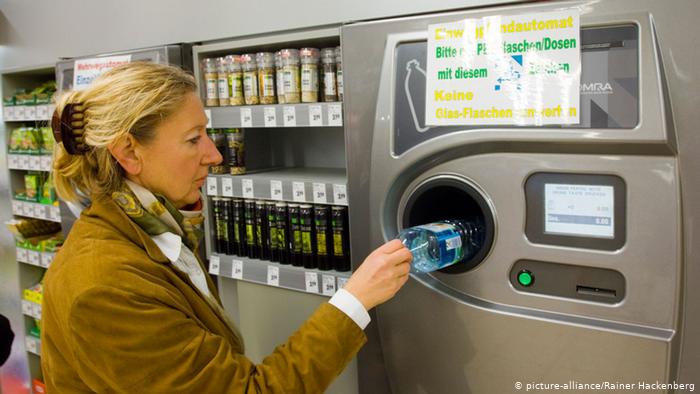
POsitive Externality:
A positive externality is a benefit that is enjoyed by a third-party as a result of an economic transaction. Third-parties include any individual, organisation, property owner, or resource that is indirectly affected. While individuals who benefit from positive externalities without paying are considered to be free-riders, it may be in the interests of society to encourage free-riders to consume goods which generate substantial external benefits.
Most merit goods generate positive consumption externalities, which beneficiaries do not pay for. For example, with healthcare, private treatment for contagious diseases provides a considerable benefit to others, for which they do not pay. Similarly, with education, the skills acquired and knowledge learnt at university can benefit the wider community in many ways.
Unlike the case of negative externalities, which should be discouraged to achieve a socially efficient allocation of scarce resources, positive externalities should be encouraged.
This recycling system in Germany is considered as a positive externality due to the fact that it helps keep the streets clean and reduce the amount of plastic trash that is already impacting our environment.
Approaches towards positive externality
Increasing supply
Government grants and subsidies to producers of goods and services that generate external benefits will reduce costs of production, and encourage more supply. This is a common remedy to encourage the supply of merit goods such as healthcare, education, and social housing. Such merit goods can be funded out of central and local government taxation. Public goods, such as roads, bridges and airports, also generate considerable positive externalities, and can be built, maintained and fully, or part, funded out of tax revenue. Which it does relate to how Germany has been handling plastic pollution by subsidizing people so they have incentives to recycle. This will increase the supply of people willing to recycle plastics.
Increasing demand
Demand for goods, which generate positive externalities, can be encouraged by reducing the price paid by consumers. For example, subsidizing the tuition fees of university students will encourage more young people to go to university, which will generate a positive externality for future generations.
Positive externality graph

The existence of a positive externality means that marginal social benefit is greater than marginal private benefit. Free markets would supply quantity Q at price P. If the external benefit is included, the socially efficient output rises to quantity Q1. By consuming only quantity Q, marginal social benefit is above marginal social cost, and more of the good should be consumed. At Q, the marginal social cost is A (Q – A), and the private benefit is also A (Q – A) but the marginal social benefit is C (Q – C). Therefore, if only Q is consumed, there is an opportunity cost to society, which is represented by the area of welfare loss, A, C, B.
Takeaways:
Positive externalities are any type of benefit that is enjoyed by all people in a society. Society always wants things that benefited them, so the government steps in provides more of it. Usually, when a good provides positive externalities, the society is not producing as much as they could, which is at the socially optimal point. Plastic recycling system in Germany is a perfect example of a positive externality being internalized. Reducing plastic pollution is a positive externality, while the subsidy provided by the government is a way where the government is internalizing the market failure of positive externality.
